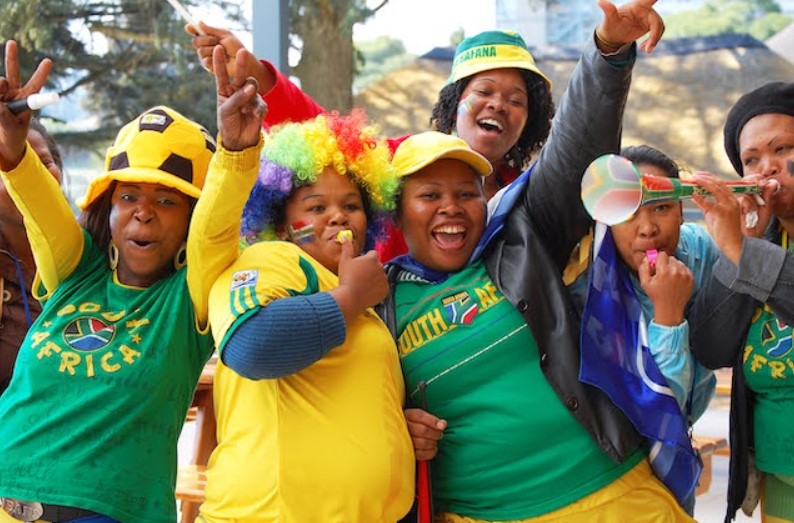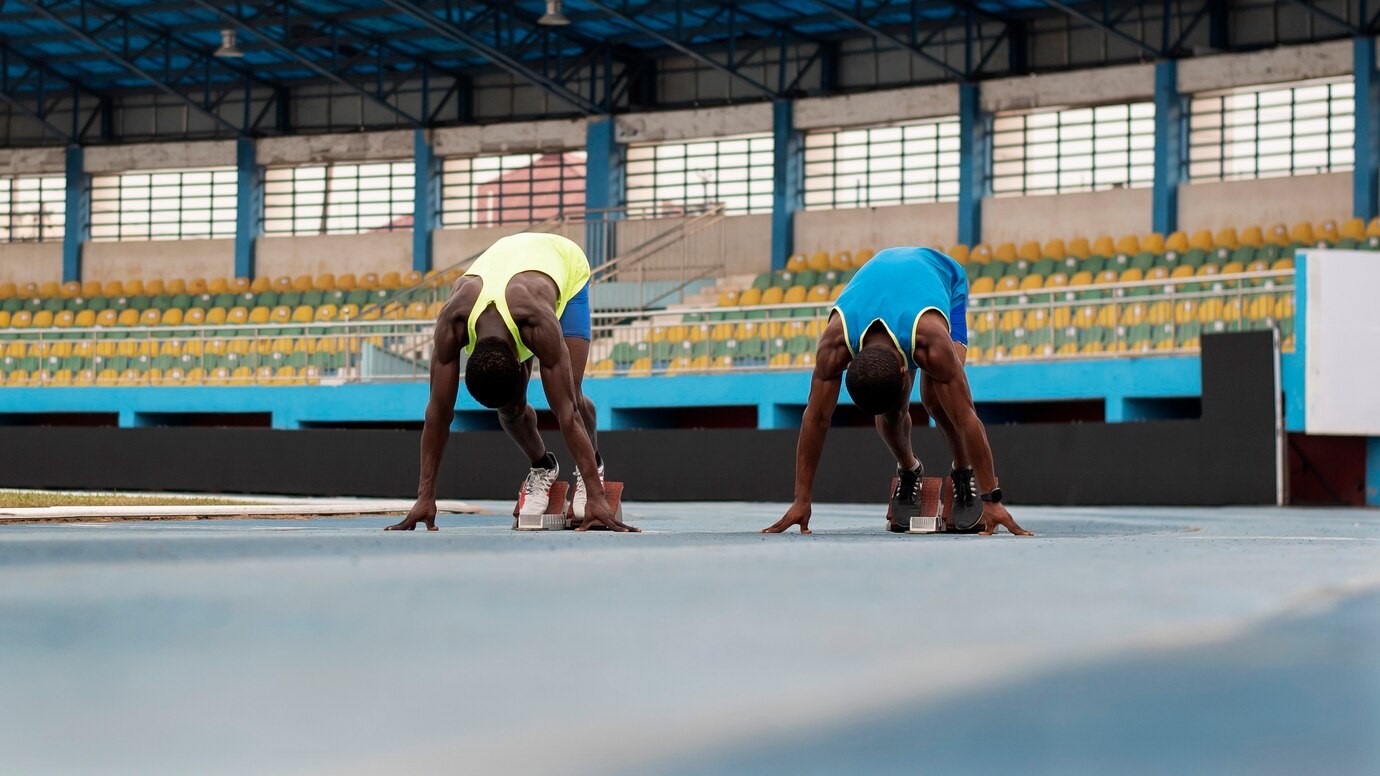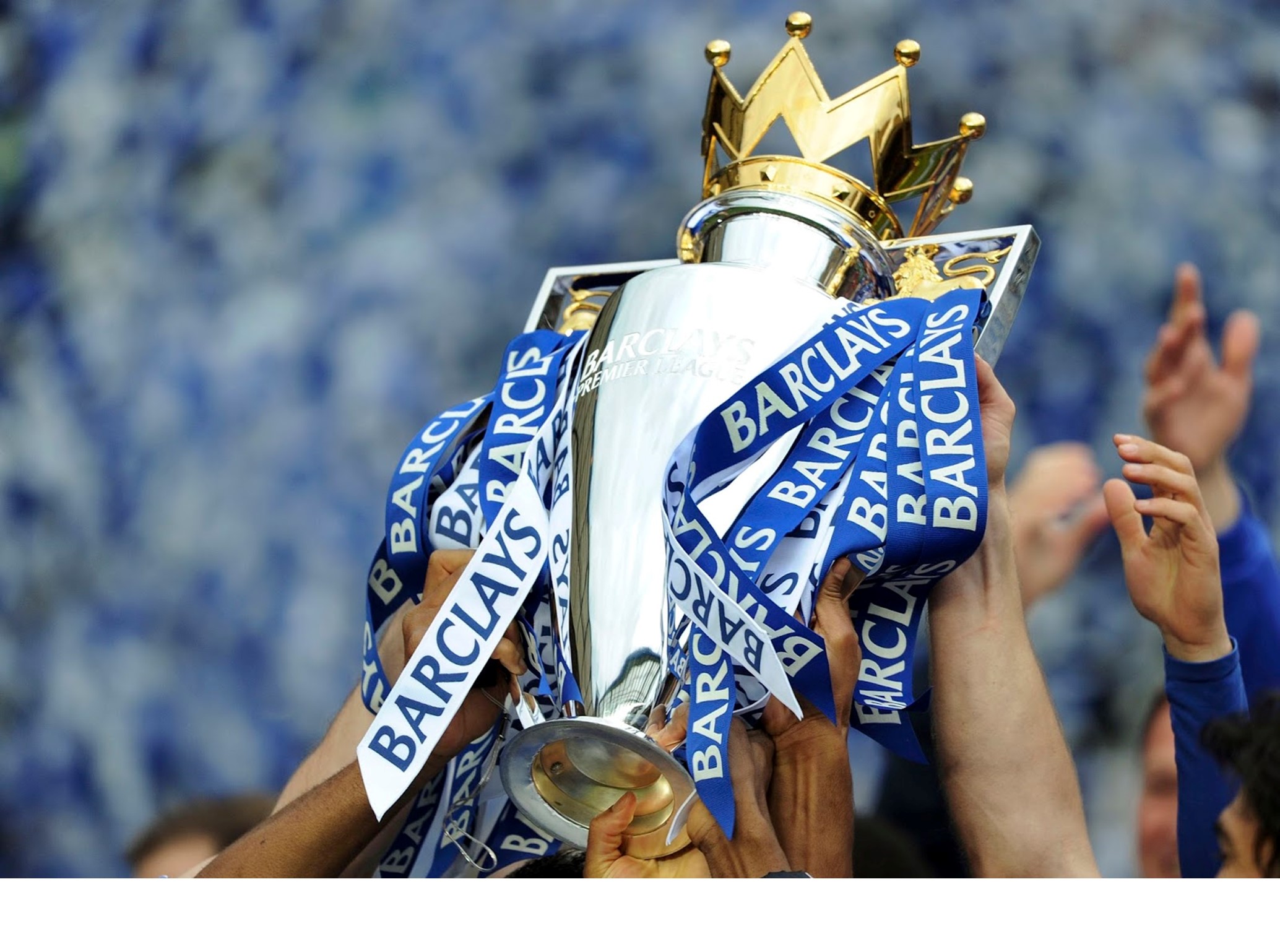A Look at AFCON Uniforms: Tradition Meets Innovation
Not only does the Africa Cup of Nations (AFCON) co

Not only does the Africa Cup of Nations (AFCON) commemorate the beautiful game of football, but it also brings out the main essence of the diversity that Africa possesses. Attire is one of the most earmarked aspects of this diversity. These kits were everyday clothes at some time in the past but have since transformed as time has overridden them, pouring in unsolicited modern design features into African motifs. Sometimes, they turn out to be costume pieces instead of actual clothing for activities like sports.
The Cultural Influence on AFCON Uniforms
AFCON uniforms are not only pieces of clothing for the players who engage in sports; they also carry a certain meaning. Some teams will use traditional designs, colors, and totems in their kits, which are then used as sources of pride for the nation. One such recent example is Nigeria's national team kit, which was released, and its design includes a Yoruba traditional pattern complemented by elements of the newest sports fashions in kit making.
Such cultural aspects are also critical in commercial business, some of which are in sports betting. Companies like MelBet Africa take advantage of the excitement shown by people about AFCON by developing some betting features related to AFCON. Those supporters who are vibrant on such platforms usually gamble in the course of betting on the home colors, thus feeling part of the event.

The Evolution of AFCON Kit Design
The journey of AFCON uniforms has been impressive, with the earlier designs being primitive in nature. The design of the kit was very straightforward, so they contained single colors with little variation in design. However, with the passage of time and improvements in technological standards, the quality of these uniforms improved. Currently, they are a combination of modern sports clothing and beautiful workmanship that depict the customs and traditions of the countries that they represent.
This development has been witnessed in various stages:
- 1960s-1970s. Very simple and straight patterns were available that centered around the colors of the country.
- 1980s-1990s. New symbols and designs that excite national identity were brought forth.
- 2000s-present. This era resulted in a combination of sophisticated design and efficient wear, whereby cultural symbols and dignity were incorporated into the design of the wear.
Iconic Symbols in AFCON Kits
To begin with, one of the preeminent characteristics of AFCON soccer kits is the inclusion of a national emblem, whose portrayals are largely in an animal form. To the players, these symbols are a source of inspiration while making them feel connected with their roots. For example, the Cameroon national football team kit has a lion, which stands for the strength and bravery of the team. The eagle symbol, which is also defined by its geometry, is quite striking and associated with the Nigerian national football team, first and foremost, as its fans and players are associated with the power and vision eagles possess.
The impact of such symbols, in this case, also carries weight. Modern statistics show that such teams tend to do better in tournaments due to these symbols being present on the kits. They agree that this is because uniforms that depict national strength are worn, and as such, confidence levels are raised among the team members.
Common Symbols Found in the AFCON Uniforms:
- Lions: Representing strength and power (Cameroon).
- Eagles: Signifying strength and independence (Nigeria).
- Sharks: Representing speed and aggressiveness (Senegal).
Uniform Development Progress as a Result of Technology
Different materials and technologies are incorporated into contemporary AFCON attire in comparison to older designs. The original design featured heavy materials with shoulders made of cotton, but these were poorly suited for hot weather in Africa. At present, they are made out of fabrics that are light and pliable for the sake of the players. Furthermore, modern-day kits consist of materials that absorb moisture from the skin to avoid dampness, even during hard training.
| Feature | Benefit | Example Teams |
|---|---|---|
| Moisture-wicking fabric | Keeps players dry and comfortable | Nigeria, Ghana |
| Lightweight materials | Enhances mobility and comfort | Egypt, Senegal |
| High-durability prints | Ensures long-lasting colors and logos | Ivory Coast, South Africa |
Evidence indicates that teams whose kits are of a better design than their opponents usually possess a physical advantage because such uniforms are aimed at enhancing comfort and mobility for the users on the field.

The Role of Uniforms in Fan Engagement
Uniforms rank high among the factors that enhance loyalty and engagement among fans. The attire worn by the teams during the AFCON almost invariably becomes a representation of the nation, winning supporters rapidly in the jersey. Thus, among the spectators, there is a feeling of oneness since they all wear the colors that their football legends are wearing.
In addition, replica shirt sales have proved to be a boon for clubs and corporate partners. Merchandise sales in AFCON tournaments tend to be very high, with supporters willing to go and buy the newest kit on the market. Some countries have seen a 25% increase in merchandise sales during the tournament.
What Can We Expect With the Uniforms of the Next Afcon?
In terms of AFCON uniforms, the trend will remain the same, but with an even greater focus on the integration of advanced technological elements into the cultural aspects. For example, future uniforms may include smart clothing that collects and sends information concerning a player’s well-being and performance to the coach or health personnel during games.
Moreover, there will be more emphasis on the use of natural, recycled, and waste materials in making these uniforms as more consumers become conscious of environmental issues. This change will mean that AFCON uniforms will not only be an icon of the country’s pride but also a reflection of modernity without neglecting the conservation of the environment.







